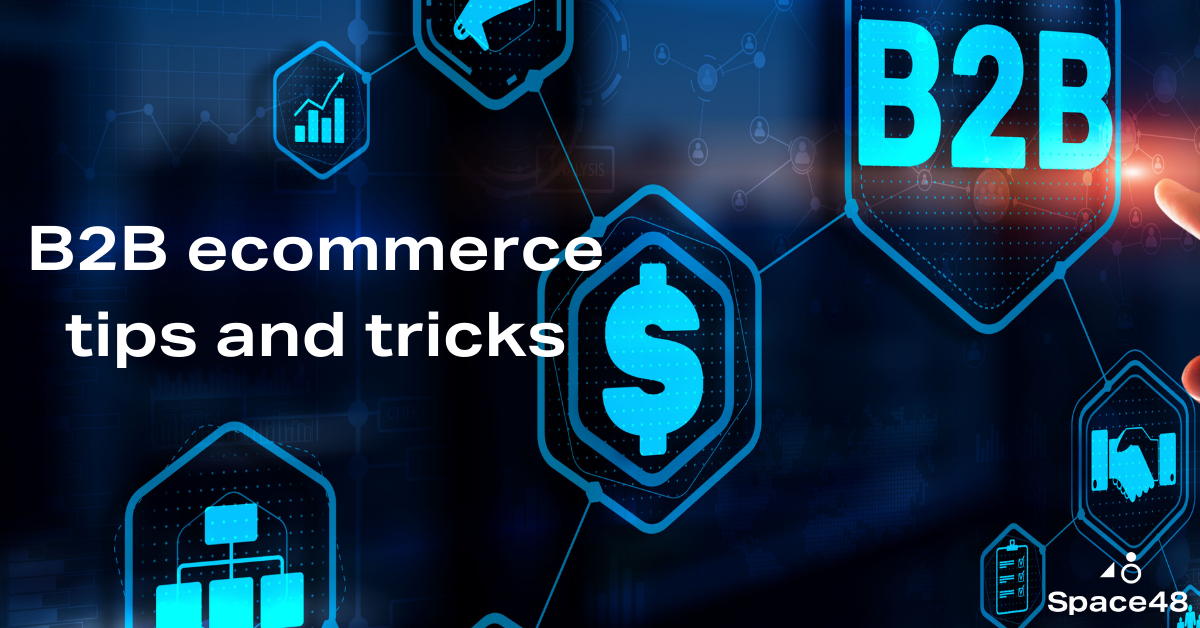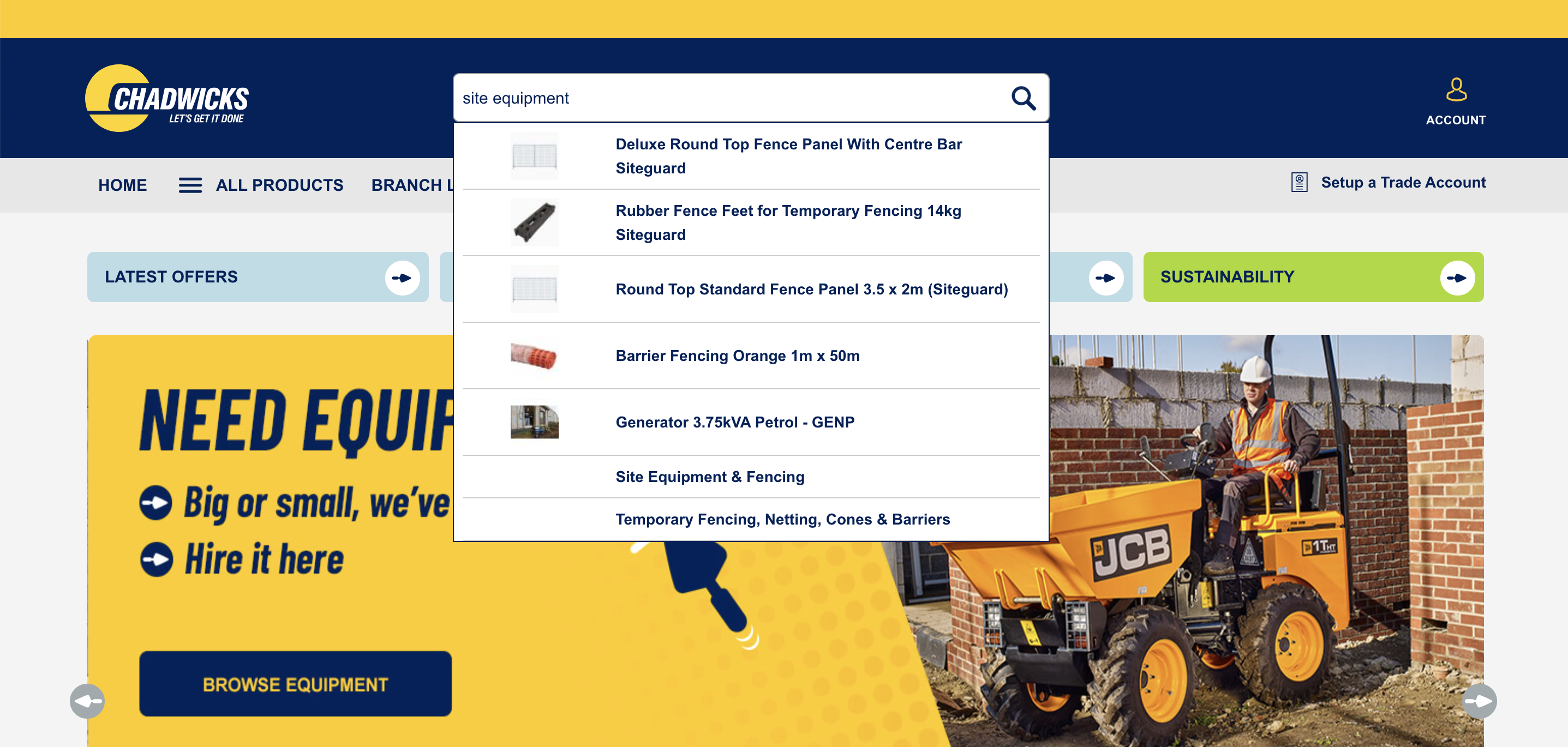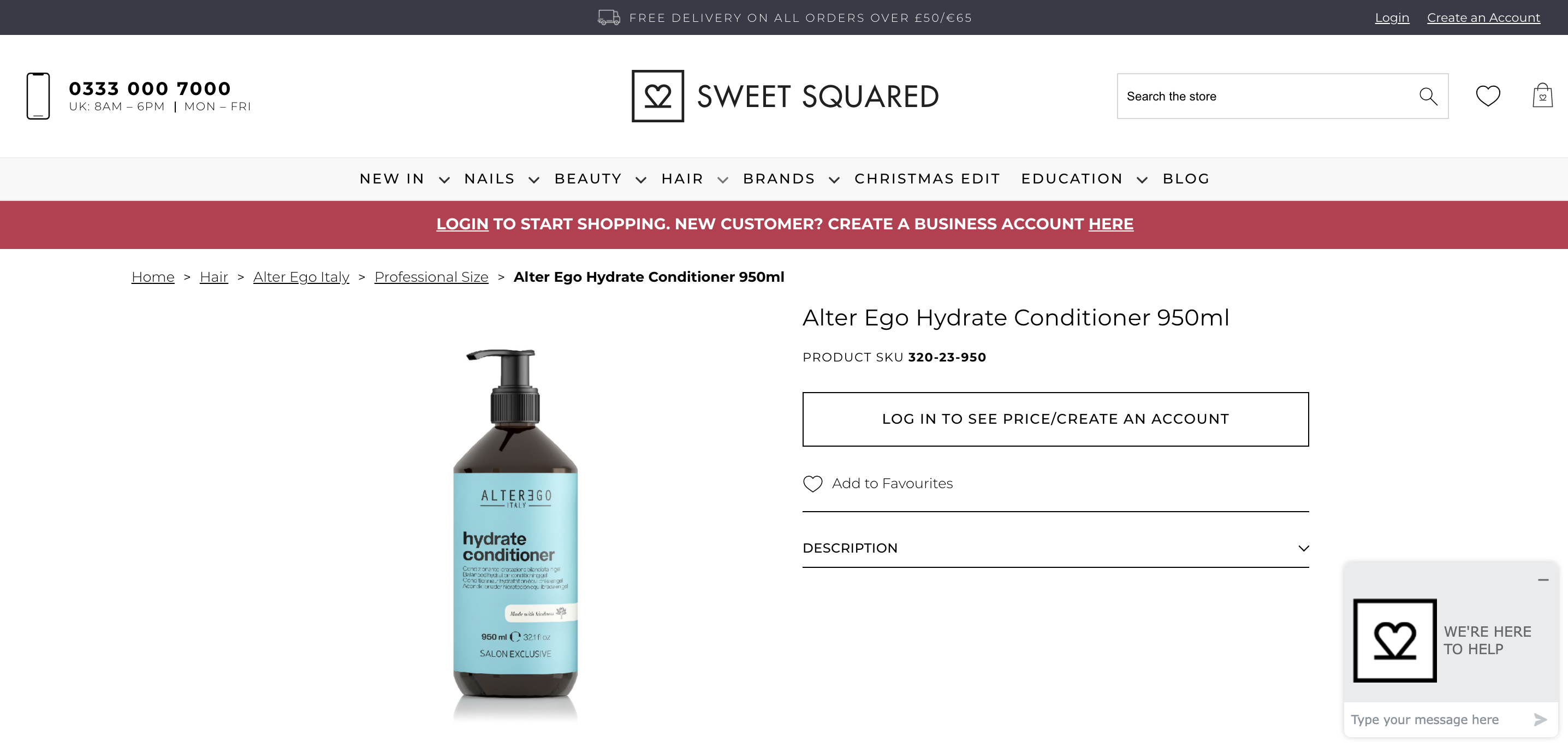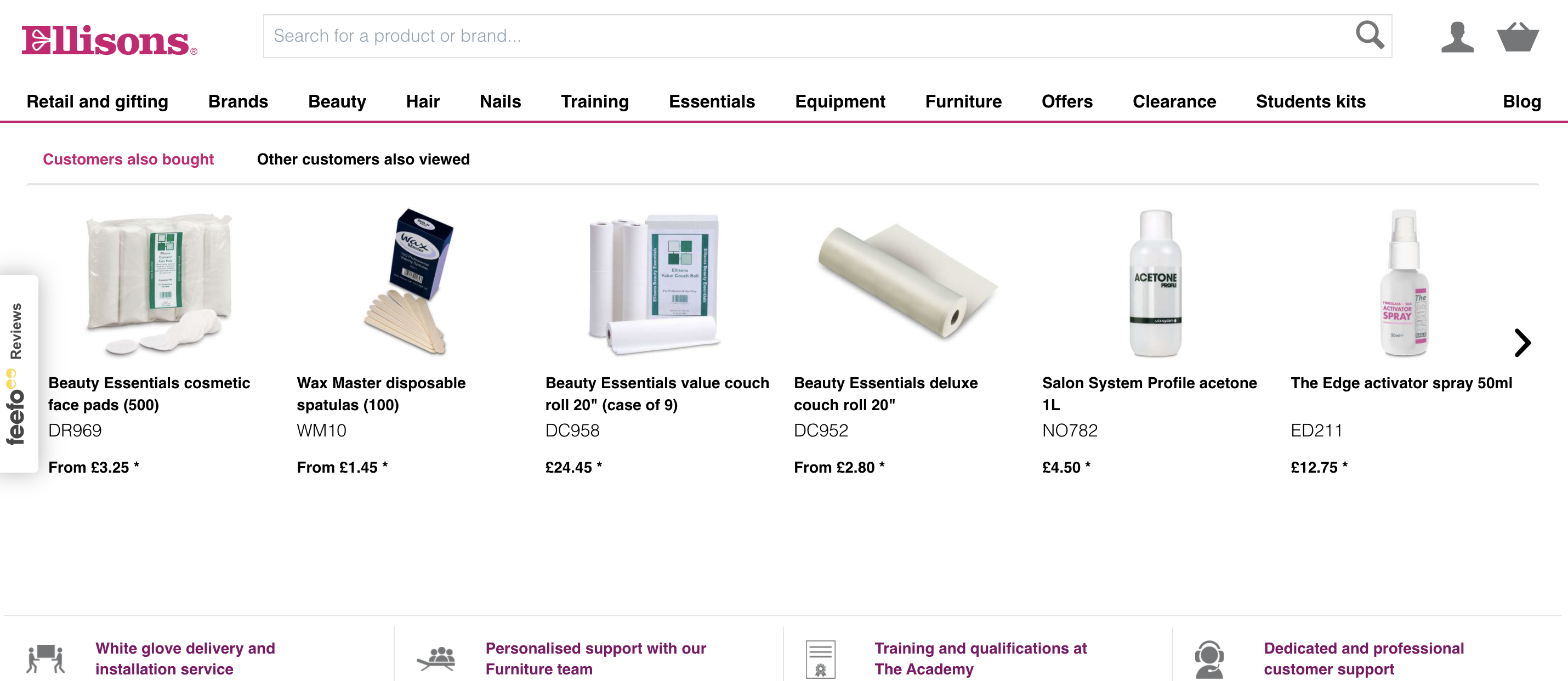B2B Ecommerce Tips and Tricks

We’re part of Dark Matter Commerce - find out more

The B2B ecommerce space is growing rapidly. By all the most recent reports, analysts have forecasted that the global B2B ecommerce market size is estimated to reach USD 20.9 trillion by 2027.
The global pandemic has accelerated a shift in digital transformation in B2B. The last 18 months has brought radical change to how consumers shop and how we do business. There has been a difficulty for some businesses in obtaining their products, there have been rises in the cost of shipping containers and various aspects affecting supply chains.
This has led to business owners re-evaluating their whole supply chain, even looking at switching to different countries to get their products from due to inflation in material costs elsewhere. Business owners have had to evaluate where they can cut costs and save money, which for some has meant going direct-to-consumer (DTC) and going online. For some, they have been online for a while but with the increase in this new level of competition, they have found a need to optimise their online experience to stay ahead of the competition.
With B2B business owners shifting their businesses online or optimising their current ecommerce offering, it’s key to understand where efforts should be focused. In this article, we delve into some of the ways and ideas you should consider to ensure your b2b ecommerce business is a success.
B2B businesses tend to look at digitising their business for cost-saving or automating the experience. The question is, is that what your customers truly want?
Traditionally B2B customers have dealt with wholesalers and built relationships with account managers who potentially might give them discounts. Depending on who your customer is, they might not want to lose that relationship and self-serve. On the other hand, millennial and Gen Z buyers tend to prefer less human interaction and more digital solutions when it comes to purchasing.
Before you embark on your digital transformation journey, it’s important to truly understand your customer’s wants and needs and not what the business wants. When we do discovery with our customers, we challenge them to understand what their customer wants and help them to uncover insights that will inform their ecommerce strategy.
The B2B buying journey
The B2B buying journey is different to B2C. A B2B buyer generally knows what they want and they’re there to buy and not to shop. Whereas B2C customers tend to explore and get inspiration before purchasing. B2B customers are going to search by SKUs and B2C customers tend to search by descriptive keywords and items.
Even though the journey is different, the B2B consumer is the same as a B2C consumer in the way they will shop online. As an example, a business owner could go to a B2B website to buy uniforms for their employees. They know the product code and sizes already but the search function on the B2B website isn’t making it easy to find the products. This same person is also a B2C buyer where they may go and shop on the likes of ASOS or Boohoo for themselves and have a great customer experience. This heightens their expectations of what they believe they should get when shopping online for a B2B purchase.
B2B business owners or ecommerce managers need to think about who their end-user is and replicate the online experiences they are used to as a B2C consumer while adapting it for the B2B buyer’s journey.

The best ecommerce platform for your business is one that complements and facilitates the team members to meet business objectives. At Space 48, when we look at a website project, we start with a discovery process that has a huge focus on the organisation operationally.
One of the vital elements is the ecommerce platform itself. The most successful B2B businesses will spend time considering the most important B2B functions that will be vital to their growth meanwhile providing a fantastic service for customers – only then will they dig deeper into platforms and analyse what fits in with them. Although it’s very easy to focus on business needs as they are now and choose the platform that fits, the most important is to think about the business needs over the next 10 years and make sure that the platform has room to scale and grow.
We’ve seen a massive increase in the attention given to B2B by ecommerce platforms. This competition is pushing the market forward in terms of what can be done out-of-the-box, making them more attractive as B2B solutions. No longer do you need to invest in custom development to provide the minimal viable product for moving B2B transactions online.
We have found BigCommerce, Magento, Shopware and Shopify Plus all to be good fits, depending on the business size and requirements. If there’s one thing we’ve learnt from developing complex and business-critical platforms for the likes of Sweet Squared, Ellisons and Kinetica, it’s that the decision to choose the right platform is not simply a technical one. It spans the entire spectrum of the business.
One of our trusted partners, BigCommerce has a great offering in the B2B space, which is an area where a lot of SaaS competitors are weak. Their recent B2B Edition is a packaged offering of BigCommerce Enterprise and BundleB2B that includes one streamlined contract, tailored onboarding and support, and 6 B2B-optimized themes pre-installed along with the Bundle B2B app so that you’re ready to go right away. It allows B2B businesses to start selling faster with tailored onboarding, B2B-optimised themes and robust pre-installed B2B features, in addition to automatic updates and lower cost of SaaS.
You can create a modern experience for every customer, define custom account hierarchies and price lists to show each customer exactly what they need to see– all on a responsive, mobile-friendly site. With its key features, it’s a great platform solution for those who are new to online or B2Bs seeking modernisation and optimisation. It allows business owners to sell B2B and B2C on one platform, so if your business covers both, it could be a great solution for you.

With B2B shoppers’ expectations on the rise, it’s important to utilise the same technologies that a B2C brand would use for their ecommerce store. These technologies are experts in creating amazing experiences for B2C customers and they can translate this over into the B2B world.
B2B customers don’t necessarily interact with the website in the same way consumers do, yet it is important to educate customers and present them with highly relevant information about new products, services, and promotions. Offer targeted content in places it will be seen, like order confirmation pages and within the My Account section.
Consider product recommendations as one example, if you’ve got a buyer who regularly visits the same landing page to buy the same product every time they purchase, how are they meant to know about your new product lines? In the way a B2C site such as Missguided would recommend related products to a user, a B2B brand could do the same. For example, if the user is regularly buying hard hats for their employees from a product page, why not show product recommendations for related items such as work boots? It’s a great way to inspire your customers and provide you with new opportunities for sales.

As mentioned above in the B2B buyer’s journey section, a website’s search function is a key part of what can make or break the customer’s experience. Our partner’s at Klevu provided us with their advice below.
As a B2B retailer, chances are you offer a large, specialist and highly technical product range. Meanwhile, your customers are on the hunt for incredibly specific items.
Without a well-crafted search experience, your customers can find themselves experiencing a frustrating “needle in a haystack” situation. If your store isn’t able to take them swiftly and efficiently to the products they’re searching for, you risk customers bouncing and turning to a competitor.
The traffic reaching B2B stores tends to be highly intentional. Your customers have likely arrived at your store because they have a specific requirement. Search-led journeys are common with a customer profile of this nature, and as a result, a poor search experience can prove especially costly to your conversion rate.
Klevu provides a truly elevated on-site search experience. A wide range of features takes its functionality far beyond what’s natively available from e-commerce platforms.
It’s this degree of extra polish that can make a world of difference when it comes to satisfying the search requirements of the B2B market.
When it comes to honing in on highly specialised, specific items among a wide range of products, dynamic filtering comes into its own. When presented with the results of an on-site search, customers see AI-driven dynamic filters that automatically interpret and display the most relevant product attributes.
This means your customers experience a results page that’s quick and easy to refine as they narrow down their search results.
Take inspiration from B2C ecommerce, but remember that there are differences. Traditionally, B2C has led the way for innovation in the ecommerce industry, and B2B sellers can learn a great deal from watching B2C retailers, but the two cannot be treated the same.
If you want to learn more about taking your B2B business online or optimising your current ecommerce store, check out our guide to ecommerce domination in B2B here.